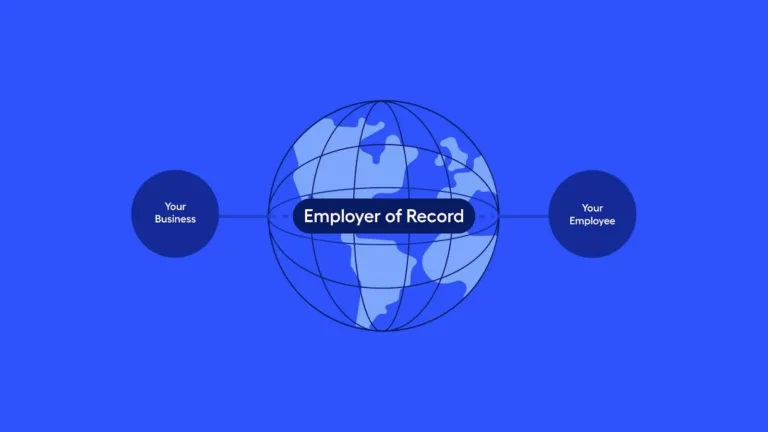Pay gains have been substantial as of late in the United States. In fact, according to the March 2024 ADP® National Employment Report, its been the greatest increase since July 2023, with hiring up among all businesses, regardless of their size.
Against this backdrop, pay should clearly form part of any strategy to have a competitive edge in attracting and retaining top talent. And on the global stage, the importance only grows.
First, the research
An increase in pay has a direct impact on talent retention. “A $1 per hour pay increase among warehouse workers resulted in a 2.8% increase in retention,” according to a Harvard University study cited in the Randstad report “Impact of Compensation and Benefits on Employee Retention.”
And let’s not forget the cost of high attrition, the flip side of better retention. The Society for Human Resource Management (SHRM) finds turnover equals six to nine months of a lost employee’s pay. For higher-level staff, it can be as high as 213% of their annual salary.
The fruits of competitive pay
Competitive pay bears fruit for any organization, global or not:
- Tip of the spear, sharpened: Pay is usually the first thing the talent you want considers. In this way, it’s the tip of the spear, representing the fundamentals of your culture. Businesses need to offer salaries that are attractive enough to entice skilled professionals to join their team and retain them in the long term.
- Motivation and performance: To pretend pay plays little role, if any, in employees’ willingness to perform is a mistake. It isn’t the sole factor influencing productivity and innovation, but the perception of fair pay motivates employees to be productive and perform consistently, as noted by Recruiter.com.
- Geographic considerations: Inflexible pay structures won’t work internationally. Successful globally expanding businesses will factor local market conditions and cultural norms into their pay strategies — blind spots that competitors may miss.
Developing an effective global pay strategy
With all these factors at play, your international pay strategies must comprise a kaleidoscope of considerations. Staying on top of it all can overwhelm a business that suddenly must expand globally.
A partner familiar with the landscape is welcome.
By leveraging the advantages that come with EOR services, your company can address the challenge of the escalating wage demands to come. Let’s delve into how an EOR can help you craft compelling, market-aligned salaries worldwide as well as provide competitive benefits packages.
Cost efficiencies
One of the advantages of an EOR is its ability to deliver a level of agility you’d not otherwise have in hiring quickly in regions new to your business.
Taking on the complexities of setting up these legal entities, EORs streamline the process by acting as the legal employer. They assume the responsibilities of payroll, taxes, and compliance. And the byproduct is a bevy of cost efficiencies, which can, for instance, be redirected to new hires’ pay.
Market-aligned salaries
Through comprehensive market research and data analysis, EORs help ensure that compensation remains competitive across diverse geographic regions. This helps attract top talent and mitigates the risks of salary discrepancies.
Pay transparency
There is an old adage that employees leave their managers, not their jobs. Even so, “the perception that compensation is unfair is a primary instigator of job-seeking behavior,” states Payscale’s Retention Report.
Companies with employees dispersed across many geographic locations are extra exposed to the potential of inadvertent pay discrepancies.
A pay equity audit may be in order, as the Society for Human Resource Management (SHRM) notes, but it will be tough to conduct without the single user interface any good EOR brings to managing a global workforce.
Enticing benefits
Just as important to employees are the benefits that form part of their total compensation. A global pay strategy must include ways that employees can customize their benefits packages according to local regulations and employee preferences.
Whatever the total compensation package entails, companies can tailor offerings to meet their workforce’s continually evolving needs. A commitment here will foster their loyalty and satisfaction.
Compliance and risk mitigation
The regulatory landscape governing global employment is complex. It varies broadly and can flummox your organization as it expands into new markets. No business should attempt to navigate these situations without expert services.
EORs serve as invaluable partners in helping ensure compliance with local labor laws, tax regulations, and employment practices. Companies can mitigate legal risks and focus on their core business objectives—pay being the most important among them.
Factoring in the value of pay as a strategy
It is a mistake to view pay as an afterthought or as merely a cost of doing business—merely a perpetual sunk cost to be managed.
Pay is strategic for your global organization.
Pay directly impacts the company’s ability to attract, retain, and motivate talent across geographic locations. It is a significant factor in your compliance with local regulations and alignment with business objectives.
As you grow internationally, these concerns gather in their intensity. It is at this point that an EOR can help you keep things under control.
Speak to an EOR expert today to know more.







